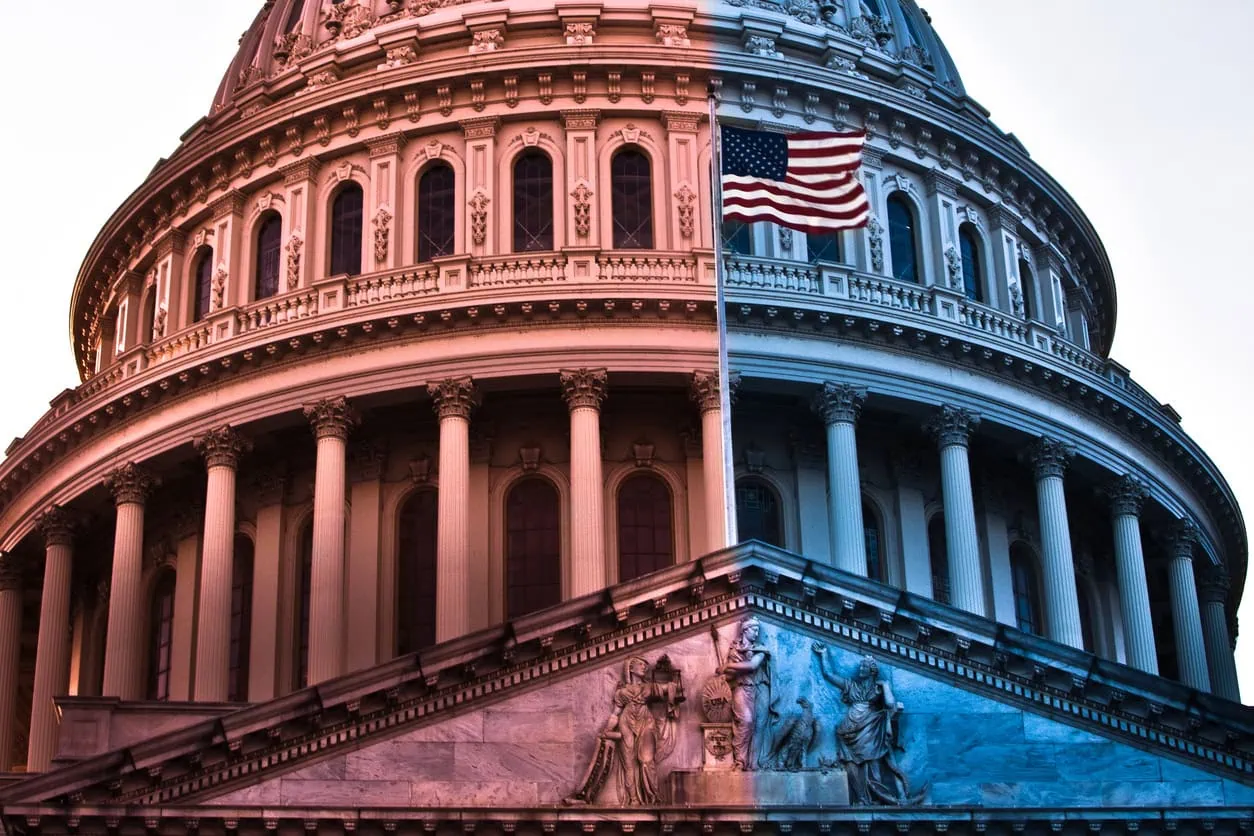America’s political divide is as evident in government chambers as it is across state lines. According to U.S. News & World Report’s 2025 Best States Rankings, that divide also extends into how well states perform in major areas like health care, education, the economy, and fiscal stability.
However, contrary to the idea that one political party’s leadership produces clearly superior outcomes, the data tells a more complex story: red and blue states show strengths and weaknesses, depending on the category.
Red States Excel in Economic Strength and Fiscal Stability
States that voted for Donald Trump in the 2024 election — often referred to as red states — dominate the top tiers of the economy and fiscal stability categories. Trump, including Florida, Texas, Utah, and Idaho, won seven of the top 10 states for economic performance. These states ranked high for business growth, employment, and population increases.
In fiscal stability, which measures the financial health of a state government, red states also came out strong, claiming eight of the top 10 spots. This suggests consistent governance practices around budgeting and reserves.
Blue States Lead in Health Care, Environment, and Crime Reduction
On the other hand, states that voted for Kamala Harris — blue states — outperform in areas traditionally tied to Democratic priorities. All 10 top-ranking states for health care access and outcomes were blue, including Massachusetts, California, and New York. Blue states also led in environmental quality, including air and water pollution measures, and showed lower incarceration and crime rates overall.
Eight of the top 10 states in crime and corrections were blue, reinforcing Democratic states’ long-standing emphasis on justice reform and public safety funding.
Education: A True Political Split
The education category — weighted most heavily in the rankings — revealed perhaps the most bipartisan success. The top 10 states were evenly divided: five red, five blue. This suggests that commitment to education outcomes can transcend party lines when approached with strategic investment.
However, red states were more frequently represented at the lower end of the list. Of the 10 lowest-performing states in education, eight voted for Trump in 2024.
Overall Rankings Show Balance — But With Patterns
The top 10 overall states in the Best States rankings were evenly split between red and blue, with Utah (red) holding the No. 1 spot for the third year. New Hampshire (blue), Idaho (red), Minnesota (blue), and Nebraska (red) round out the top five.
Yet the bottom 10 states show a stronger trend: nine voted Republican in the last election. This includes consistently red states like Mississippi, Alabama, and Louisiana, as well as battlegrounds like Pennsylvania and Michigan.
Regarding medians, states that voted for Harris had a median overall ranking of 19th, while Trump-voting states had a median of 31st—a notable but not overwhelming difference.
Geography Matters Too
Regional trends emerged as well. Red states in the Mountain and Plains regions often performed better — think Utah, Idaho, and Nebraska — while red states in the Deep South showed more health care and education struggles. Meanwhile, many top-performing blue states were located in the North and on both coasts.
A Divided Nation, a Shared Goal
The takeaway? There’s no simple winner in the red vs. blue debate. Each side shows areas of leadership and areas needing improvement. As Americans navigate political differences, this report reminds us that effective policy can emerge from any party when focused on real-world outcomes.
Source: Data and analysis based on U.S. News & World Report’s 2025 Best States Rankings, initially reported in the article “These Divided States: Are Red States or Blue States Better?” by US News, published May 8, 2025.

